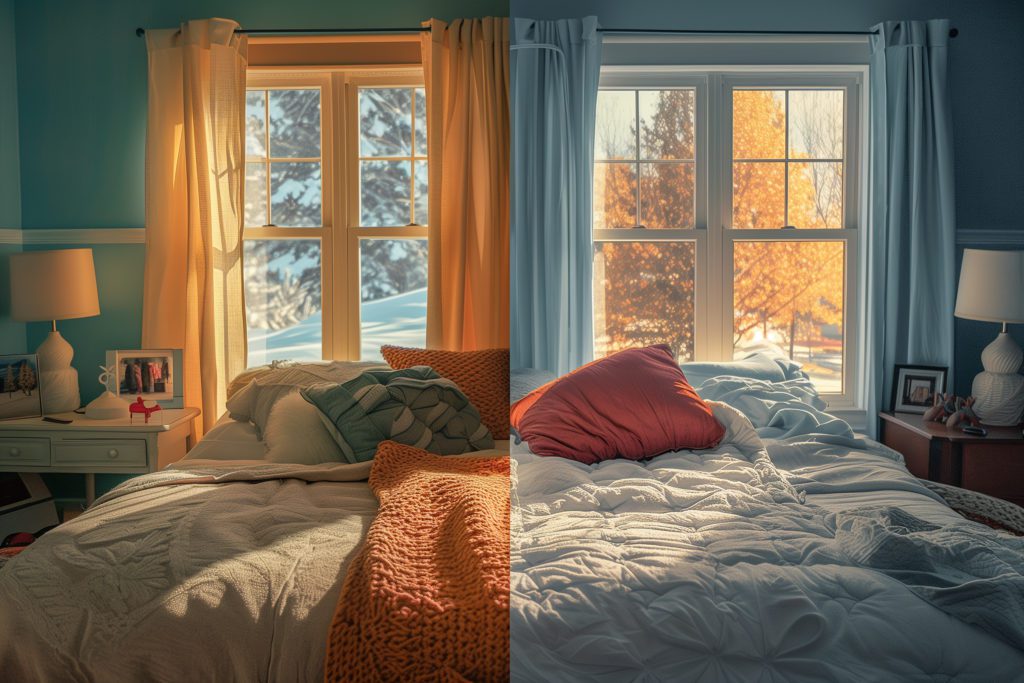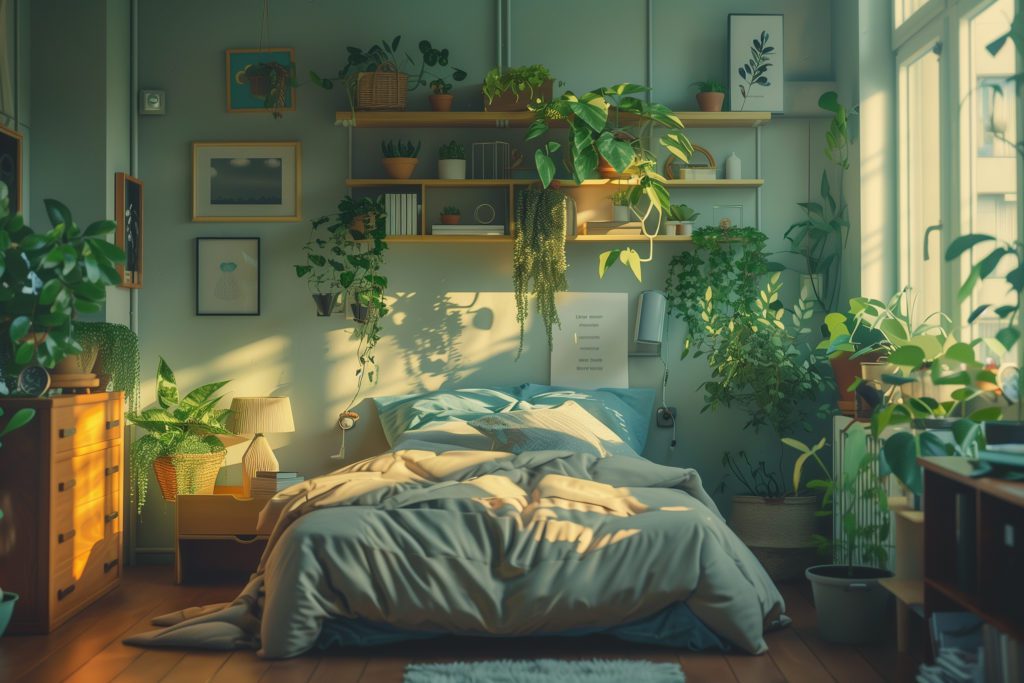
Seasonal Affective Disorder (SAD) and Plants: Can Indoor Greenery Help?
Explore how indoor plants can alleviate Seasonal Affective Disorder (SAD), improve mood, and enhance well-being with our guide to beneficial greenery.

When the weather gets colder in autumn and fall, do you get the “winter blues”? If you do, you’re not alone! It is estimated that 5% of Americans struggle with seasonal changes in mood and find it to be a great source of stress and burden in their lives. That’s at least 14 million Americans who struggle with seasonal affective disorder, or SAD. While it can be treated much the same as depression, there are some other ways that you can help mitigate the winter seasonal mood changes, including through natural remedies and the use of indoor plants.
If you’re curious about how some indoor greenery can help you with SAD, then keep reading. In this article, we’ll uncover the truth about SAD, how indoor greenery can help, and what it does to your well-being. We’ll explore all that you need to know so you can begin to use plants to your advantage, not only to improve your mental health but also to bring some color to your spaces. Let’s explore SAD first, so you understand what it is and why it matters.
What is Seasonal Affective Disorder (SAD)?
Seasonal affective disorder (SAD) has been defined as a type of depression that is typically associated with the amount of sunlight a person gets throughout the day or in a typical season. When you get to the colder months—especially if you live somewhere with all four seasons—the time that you spend outside in the sun and the amount of sunlight during the day begins to dwindle, directly impacting how you feel and your overall mood.
One of the biggest differences between depression and SAD is the fact that a person’s mood and mental health throughout the year is normal if they have SAD. The only difference is that the colder months bring about a noticeable change in their overall mental health. It is, essentially, a matter of time, weather patterns, and our reactions to the environment that we live in. It’s also a matter of our serotonin production being disrupted, a common issue amongst those with depression, anxiety, and related conditions.
So, if you have SAD, you won’t likely have any typical depressive symptoms in the summer, but you can expect more if it is the winter and it is cold, cloudy, and less green outside (Source: PubMed). With all this in mind, how does indoor greenery help people who have SAD? Let’s discuss that next.
How Can Indoor Plants Encourage Better Well-Being
It seems like a small change that might not have as big of an impact, but it’s true: the indoor plants that we have in our home during the winter and fall can actually help us enhance our moods. There have been several studies that have proven that using indoor plants inside cannot only purify and help us improve the air quality of our homes, but they can also offer mental and physiological benefits (Source: Indoor and Built Environment). For those with stress or anxiety on a regular basis—even SAD—this could be beneficial for them, too.
Other studies have focused on specific changes, including performance and one’s overall health. Indoor plants have been shown to improve people’s blood pressure, academic performance, attention span, and even response time, even by marginal amounts. This all makes sense, considering how important it is for all of us to have access to greenery in our spaces, as we have evolved to rely on the natural environment and need to be connected to nature in some capacity.
Some people have even seen stress reduction and pain tolerance improved as a result of the inclusion of indoor plants. So, whether you’re just looking to help your mental health and improve your SAD symptoms or you want to encourage more holistic support for your overall well-being, indoor plants clearly provide important benefits. But what plants are best to use for SAD? That depends on your preferences and your fellow occupants at home.
What Are the Right Plants to Alleviate SAD?
There are so many plants to choose from, but it’s essential to find the right one for your home. If you have pets at home, some of the recommendations we have will likely not be suitable for you. However, here are the best plants to help alleviate seasonal affective disorder and why they work so well:
- Lavender: As one of the most well-known medicinal plants, you can use lavender to help you with stress relief and exhaustion and even to aid with sleep, which is vital for those who struggle with SAD. Not to mention, the plant smells wonderful, too!
- Lemon Balm: This plant comes from the Mediterranean and west Asian regions, used medicinally to help with stress relief, sleep, and even gastrointestinal problems. Together, lavender and lemon balm make for a potent sleep remedy that can help you relax, unwind, and alleviate your SAD symptoms.
- Passionflower: Native to the southeast United States and parts of South America, this plant is beautiful with yellow flowers. For your SAD symptoms, this flower can help you enjoy lower blood pressure, relieve anxiety according to some self-reports, and more.
Even with these three mentioned that help you with mental stress and sleep, two critical areas of focus for those with SAD, you still can’t go wrong with finding other indoor plants to help you with your SAD symptoms. From snake plants to lavender bushes to herbs you keep in your kitchen, the research still shows that indoor plants of any variety can provide you with benefits that improve your overall health, supporting the alleviation of your SAD symptoms.
What Indoor Plants Will You Put in Your Home?
If you struggle with SAD, then it can be challenging to feel your best during the winter months. However, we hope that this article enlightened you and showed you that you can find ways to improve your mood and support your overall health! With so many indoor plants to choose from—including some that could have medicinal properties—you’re bound to find the right flowers and bushes to fill your indoor space so you start to feel your best again.

Written by
Marie Soukup
Marie Soukup is a seasoned copywriter, editor, and Integrative Nutrition Health Coach with a certificate from the Institute of Integrative Nutrition (IIN). With years of experience working with brands across diverse industries, Marie is passionate about holistic health and crafting compelling content.
Download Pillow
Get help
Press & News
Legal
Connect
X (Twitter)
Company
Copyright © Neybox Digital Ltd.



